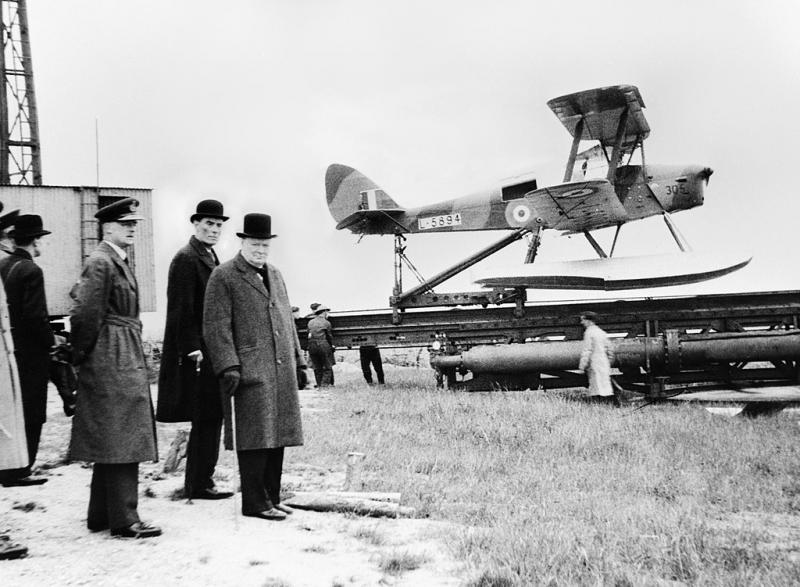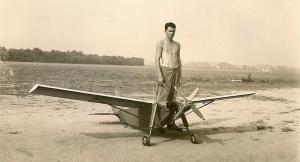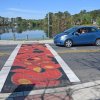Did you know drones were used at Fort Miles during WWII?
We’re all familiar with drones, the remote-controlled craft that take pictures, make deliveries and more. They seem like technology out of a sci-fi movie, but did you know drones date back to the mid-1930s?
World War I saw the first widespread use of airplanes during combat. The new threat of aerial attack required a new type of defense, and many countries began to form anti-aircraft artillery units. However, a problem arose: How could they train these units? After all, you can’t have them shoot down your own manned planes. So, what to do?
The first attempt at a solution was to tow targets using long wires attached to the back of a manned plane. This worked, but it still put the pilot at risk. In 1935, the British military took a training aircraft called the Tiger Moth, scooped out the pilot seat, added a radio-controlled steering system, and renamed it the Queen Bee. With no pilot inside, the plane could be used for target practice without worry.
Meanwhile in the United States, a former soldier and actor named Reginald Denny realized that smaller radio-controlled planes could be used for target practice while also saving materials. He began designing and demonstrating radio-controlled model airplanes for the U.S. Army, and in 1940 secured a contract. His design was called the Radioplane OQ-2, and nearly 15,000 were produced during WWII.
This is where Fort Miles comes in. Although primarily designed to defend against enemy ships, Fort Miles was also armed with anti-aircraft artillery. The soldiers manning these guns needed to be ready at a moment’s notice, which meant they had to train regularly. Their targets were OQ-2 radioplanes.
At first, the radioplanes were operated by Civil Air Patrol crews based in Rehoboth Beach. These were civilians with aircraft experience who volunteered to help the war effort. They flew OQ-2s on target practice flights, and repaired and maintained any that made it back from training. CAP crews were responsible for the majority of drone target training conducted at Fort Miles during WWII.
The military eventually created specialized anti-aircraft artillery units to fly target training drones. By 1952, units like the 208th AAA Target Group were flying drones over a training site at Bethany Beach, where the current National Guard area is located. No matter who flew them, the drones of the 1940s kept AAA crews sharp and prepared.
To uncover more history, visit the Fort Miles Museum. For information on hours and events, go to destateparks.com/fortmiles.






















































